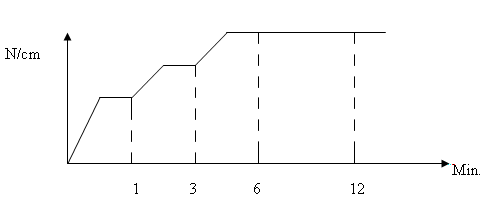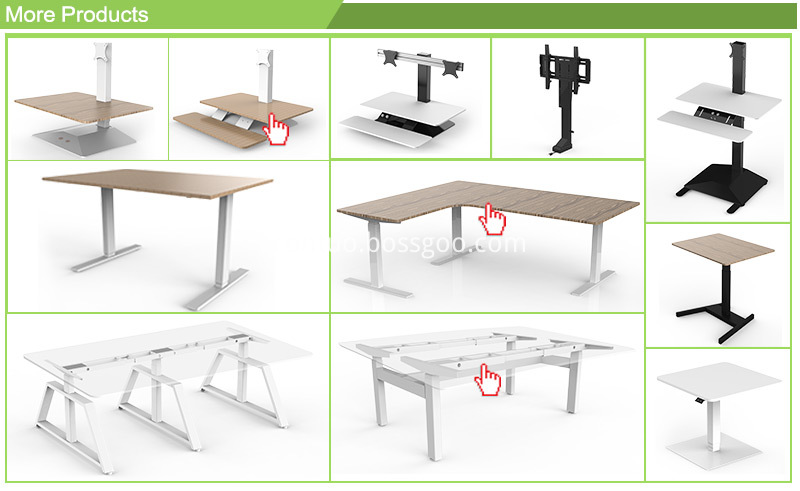I. Process and Control of Screen Making
1. Introduction to screen making process:
1.1 Select mesh, frame, ready for degreasing agent, coarsening agent, bonding glue, emulsion or capillary photosensitive film, sealing mesh or sealing film.
1.2 Shake the treated (coarsening and deoiling) frame at the selected angle on the tray under the machine. The mesh is fixed on the clamp of the twisting machine, and the mesh should be laid as flat as possible. Leave corners at corners, then pull the curve, and apply force carefully until the tension reaches the desired level.
1.3 After the tension reaches the required level, prepare the glue and mix it evenly. Spread the glue evenly on the gauze on the edge surface of the net frame. After the glue is completely dry, separate each net frame with a knife.
1.4 Oil removal and roughening treatment:
First, the nets of the newly drawn net frame are subjected to degreasing treatment (using a special degreasing agent), then cleaned with clean water, and then the surface of each yarn in the net yarn is roughened (textured) with a coarsening agent. Treatment, so that the surface of each yarn is no longer smooth and the formation of a rough surface, easy to make the binding force between the yarn and the photosensitive paste more secure, after drying with a 40-degree oven.
1.5 Take out the dried mesh frame. If using emulsion, use sizing device to evenly apply the emulsion to the surface of the spun squeegee and the printing surface of the spun yarn 1 +2 times, and then dry it with a 40-degree oven. If using capillary Membrane, wet the surface of the mesh with water, place the capillary membrane on a flat table, then place the screen on a capillary membrane, apply a capillary membrane to the printing surface, and scrape the excess water with a squeegee. Dry with a 40 degree oven.
1.6 Exposure: It is best to use a light-energy controller metal halide 5-6 kilowatt exposure machine for exposure.
1.7 Developing: Rinse with clear water until the pattern is clear, then dry in a 40-degree oven.
1.8 repair membrane: a few places with through holes sealed with plugging.
Edge-sealing: Seal the surrounding area without printing with a sealing paste or sealing film and then dry it in a 40-degree oven.
1.9 Record: Screen record, time, version number (detailed number) Net yarn type, screen tension.
2. Selection of mesh yarn: Principle: Select yarn material
2.1 Good wear resistance.
2.2 The tension value needs to be stable, and it needs to be able to withstand tension tension and temperature changes for a long time.
2.3 Elasticity does not need to be too strong, (since the plane printing) The tensile properties only need to be separated.
2.4 Select the number of mesh yarns from the number of print lines, which must take into account the issue of moire (graphics and net yarn out of moiré) about the number of mesh mesh (metric) is the number of print lines (metric) 3.0-3.5+15% times. +15%UV water-based ink, -15% can be used for solvent inks.
2.5 Considering several factors such as tensile strength, good mechanical strength, good abrasion resistance and insensitivity to the climate, we should choose PET single-stranded polyester gauze in our CD industry. All provide very detailed data to help us understand the selected mesh number, wire size, mesh size, aperture area ratio, mesh thickness and theoretical ink volume.
3. The choice of the frame: Mainly considering the mechanical strength, it needs to be matched with the printing frame size of the printing machine to choose.
4. Zhang network (pull network):
4.1 Choice of Pulling Mode: Manual pulling, mechanical pulling, and pneumatic pulling have three different precisions.
i. Manually pull the net: The tension is not high, uneven, easily damaged net cloth.
Ii. Mechanical pull-net: high tension value, easy to pull angle frame, can pull multiple frames at the same time, improve efficiency.
Iii. Pneumatic pull-net: It is composed of multiple pneumatic chucks and can be pulled by four sides. It can exert pre-production force on the frame during the process of pulling the net. It makes the five-point tension of the frame more uniform. (This is because of the aluminum frame.) Caused by deformation in the pulling net)
Because the CD printing frame is made of flat flat steel plate material, the relative force deformation is very small, and the other CD frame is very small, so it is very suitable for mechanical drawing machine.
4.2 Network Process Control
i. Determining the tension value: According to the characteristics of the mesh yarn, we choose the highest tension value to control.
For example, in the CD industry, it is best to set the tension at 22 N/cm or more.
Ii. The force (principle) applied during the drawing process cannot exceed the elastic curve index of the yarn, causing permanent deformation. (See illustration)

* The glue can be glued on the net after 15 minutes. After the glue is cured, the pulling force of the wire drawing machine can be retracted.
* The CD industry needs to put the frame in a good angle and position on the tray before pulling the net. Raise the tray of the net frame before glue, and let the net yarn stick on the upper surface of the frame before glueing on the net.
* The selection of the angle needs to be determined relative to the angle of the original dichroic film. The purpose is to prevent the appearance of the moiré.
* Test tension: The tension should be around 20N/CM.
* The normal working screen tension should not be less than 15N/CM, the required tension when fine printing should also be 1-2N/CM.
5. Upper photosensitive film:
Photosensitive films can be divided into two broad categories:
5.1 Dry film is also called capillary film, divided into two types:
- Indirect film film.
- Direct film film.
In the fine printing need to choose direct film.
5.2 Emulsion
5.3 Comparison:
Film film: printing is not enough; sub-slightly higher printing ink surface smooth, neat dots, clear print.
Emulsion: Good resistance to printing, slightly lower costs, printing ink surface and dot shape are worse than film, printing products are very clear.
Conclusion: Both films in the CD industry can meet the requirements.
The thickness of the film is very important, which directly affects the printing quality and the thickness of the ink layer, and an appropriate thickness must be selected. For example, in a CD printing, the film thickness is finely printed, and the best film thickness is preferably 10-15 micron (micrometer) μm of direct film or coating. Sensitized emulsion, the roughness of the film made of Rz need to be less than 5μm.
On the photosensitive film workshop: In terms of other screen printing processes, the highest degree of cleanliness is required. Dust, humidity, and temperature need to be controlled.
If sensitization is used for plate making, besides the thickness, the coating method must be well mastered. Finally, the printing surface of the screen should have a very smooth surface. (Rz needs to be less than 5μm)
Because CD is printed with UV ink, thin and strong printing is the main requirement. When the photosensitive film is dry, remember that the drying temperature should not exceed 40 degrees. This is particularly important for photosensitizers.
6. Exposure: This process is important in the photosensitive film absorbs light energy, determine the exposure is good or bad, the light is shot on the CD screen surface should be uniform, the light intensity is best is the same, with the exposure of the light energy control, through the experiment , For a different photosensitive film there will be a best value for the polar pair, so that the best exposure.
6.1 Distance between the lamp and the screen: It needs to be larger than the diagonal size of the screen. If the CD screen is exposed with four screens together, the peripheral size is the maximum diagonal peripheral size combined with the four screens. This can guarantee the uniformity of the light to the screen.
Note that the greater the distance between the light and the screen, the greater the exposure required.

6.2 Exposure Energy or Time Selection:
The manufacturer of the photo-sensitive film will give a basic parameter of the light-sensing time or light quantity. This parameter is based on the Huai. We will perform 5 exposure times (or light energy) respectively, select the trial exposure (or light energy), 50%, 75%, 100%, 125%, 150% grading exposure to find the best time or light energy. If it is the first, the second level clearly indicates that the exposure has been excessive, it needs to be graded again from the new meter. Fourth, the fifth grade clearly shows that underexposure also requires a new graded exposure until the third grade is the most clear.
7. Rinse (develop)
After exposure, the screen is sprayed with a water jet nozzle with adjustable water pressure. After the pattern is clear, the excess water on the screen is sucked by the water suction device so that the screen will not be spotted and the drying time will be shortened.
Get more active throughout your day with CONTUO Height Adjustable Standing Desk Converter. Stand up and avoid the potential health risks from unhealthy sedentary . Our Standing Desk Converter is designed to save space by moving vertically so that it stays inside its original footprint when adjusting up and down. Unit comes pre-assembled for easy set-up. Simply unpack, attach the tray, and get to work.

Here we can provide customer Manual Converter Desk and Electric Converter desk, So, customers can know the details with CONTUO by further discussion with CONTUO People ! Welcome to CONTUO to choose the Height Adjustable Desk you need.
Standing Desk Converter
Standing Desk Converter,Adjustable Standing Desk Converter,Stand Up Desk Converter,Sit Stand Desk Converter
Shaoxing contuo Transmission Technology Co.,Ltd , http://www.contuodesk.com